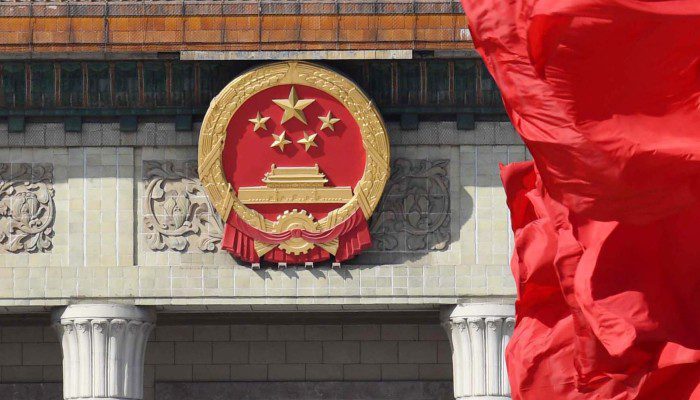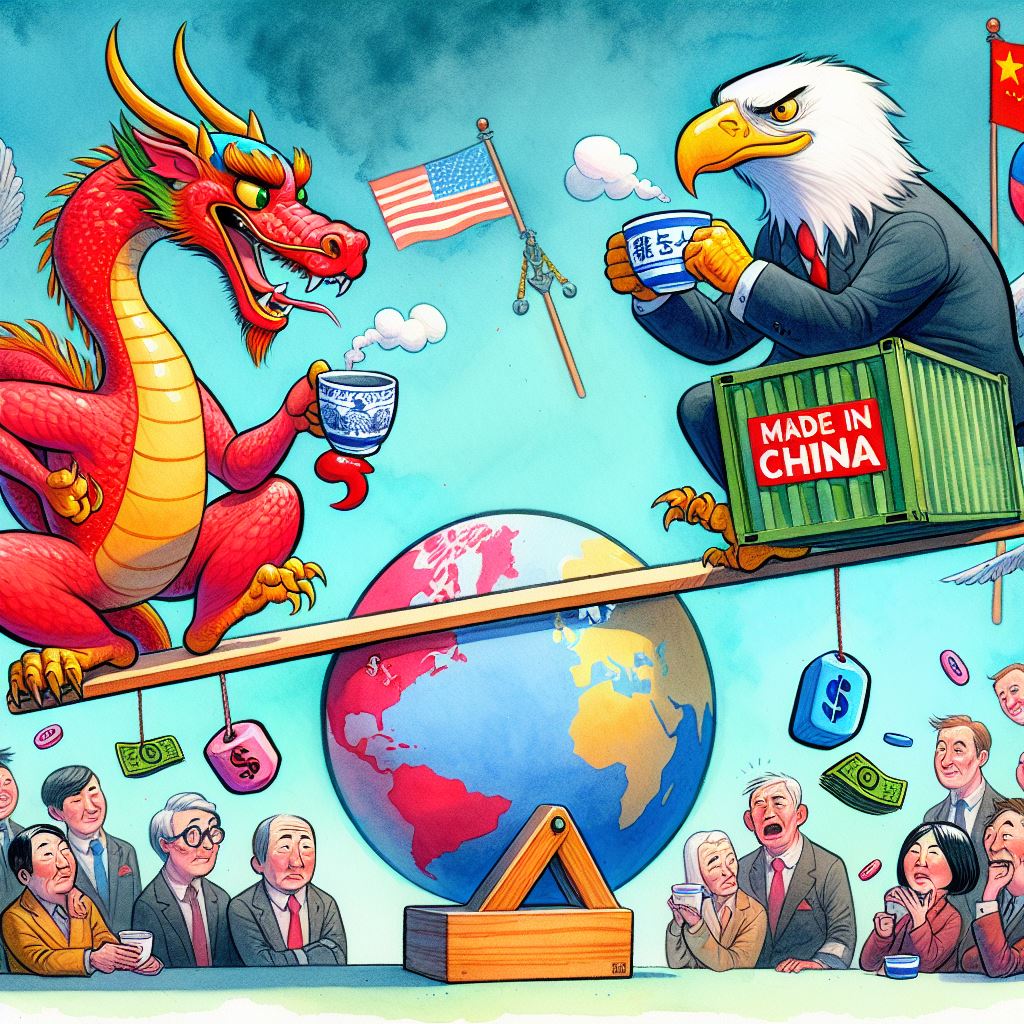To boost and encourage innovation, China has recently developed policies supporting SMEs and manufacturing research and development (R&D). Qualified SMEs and manufacturing R&D can benefit from extended loans and tax incentives, respectively. Moving forward, the development of certain aspects like financing and tax incentives will contribute to the progress of China’s many enterprises.
Have a look at our previous article on SMEs and Startups in China: A Guide to Recent Tax Incentives
An increased percentage of additional deductions for R&D expenses will encourage manufacturing companies to create more innovation. At the same time, stable financing for SMEs can also boost confidence in China’s unwavering support for small businesses.
Boost innovation in the manufacturing industry
Quality development is key to transforming and upgrading the manufacturing sector of the Chinese economy. By doing so, China can improve innovation capabilities and allocate resources more efficiently. Among the manufacturing services (including science and technology) that will be developed further include:
- 5G connection promotion and industrial internet;
- Big data, Cloud computing, Artificial Intelligence (AI), blockchain, and technology transfer;
- Entrepreneurial incubation and intellectual property rights;
- Formulation of a road map for digital transformation in key industries;
- Establishing a global supply chain risk warning system for key sources and products;
- Increasing financial support for manufacturing service companies;
- Encourage qualified enterprises to go public at home and abroad;
- Development of the modern logistics service system (to connect consumption and production that is key to build a unified domestic market).
By 2025, China will have achieved high-quality development in the manufacturing sector including improved innovation and efficiency of resource allocation. It also will have reached substantial improvements in the following areas:
- specialization;
- branding;
- digitalization;
- creation of leading manufacturing services clusters; and
- internalization of the manufacturing sector.
Read about Advanced Manufacturing Industries in China – Tax Update
Tax incentives on R&D to boost innovation
To boost innovation attempts and creation, the Chinese government has implemented tax breaks and incentives on R&D costs in recent years.
Currently, China has additionally raised the extra tax deduction on the R&D of manufacturing firms. The purpose of which is to incentivize business innovation and advance industrial upgrading. The percentage of the tax deduction on enterprises’ R&D costs is now at 100 percent (from 75 percent). That is, for every RMB 100,000 spent on R&D, the company will be able to deduct RMB 200,000 from its taxable income.
Furthermore, for enterprises to claim these benefits as early as possible, companies may opt to benefit from the tax incentive on a semiannual basis, which allows the R&D costs for the first half of the tax year to be deducted during payment of corporate income taxes in October (prepayment), instead of during the annual settlement at the end of the year.
To harness the role of enterprises in creating innovative technologies and designs, China has increased spending on R&D. Moreover, preferential tax policies for R&D service providers, innovation firms, and business startups are also in the works. This involves efforts in strengthening policy advocacy, improvement of tax services, and streamlining review processes to effectively execute these encouragements and benefits to enterprises.
Policy boost in financing for SME innovation
Amid the COVID-19 situation, China’s central government issued policies to aid SMEs to resume work and/or solve financial difficulties. To further highlight the support for innovation by SMEs, boost high-quality development, and enhance the resilience of the industrial chain, the central government plans to allocate more than 10 billion yuan from 2021 to 2025 to support the growth of “little giants”. These so-called “little giants are SMEs that focus on a market niche and specialize technologies applicable to those markets, creating a strong innovation capacity for the industry. These are companies that are highly specialized world-market leaders despite their relatively small size. One of the reasons behind this proactive development is to reverse how China lags behind developed countries in creating particular high-end industrial components and achieve breakthroughs in innovation in crucial areas.
In 2020, China set up the China SME Development Fund Co. Ltd. with the Ministry of Finance as its limited partner. China SME Development Fund Co. Ltd. aims to promote the sustainable growth of SMEs in the key sector. On the other hand, China’s MoF provides funds amounting to RMB 15.25 billion (42.66 percent) of its stake. This will provide further assistance to companies that may need it the most.
Loans to SMEs
To further extend the implementation of the “two direct monetary policy tools“, the government announced further assistance to SMEs policies. This includes improving on the incentives for loans or repayment thereof.
Incentive ratio: 1 percent of the principal of the loan
“For inclusive small and micro-enterprise loans due before the end of 2021, the enterprise and the bank independently negotiate the deferment of principal and interest and continue to provide incentives to the local corporate bank that handles the deferred principal and interest of the loan. The incentive ratio is 1 percent of the loan principal.”
Preferential financial support: 40 percent of the principal
“Issue small and microcredit loans to qualified local corporate banks, and continue to provide preferential financial support at 40 percent of the principal.”
These are implemented to help SMEs thrive, as well as stabilize the employment of citizens in China. At the same time, the policy also states that this policy and all of its kind are necessary to be studied and increase to support individual industrial and commercial households.
Conclusion
The growth potential in companies in China will be realized if further encouragement, bolstering, and investment are showered upon them. In innovation creation particularly, it is important to always be improving on current technologies while at the same time creating new technologies for the fast-paced modern world. However, boosts in the industry, tax incentives, and financial support are only possible if enterprises are aware of these policies and government support for them to avail of. Moving forward, with the help of the central government and further initiative of enterprises for corporate innovation, it will be possible for the goals of economic and technological development to be achieved.
Contact us
S.J. Grand provides advisory on setting up a business in China. We put our competent team at your service to give you the most effective China market entry, due diligence, and tax optimization strategy for foreign-invested enterprises. Contact us to get you started.
Moreover, we have been at the forefront of promoting full automation of business operations, especially for startups and SMEs. We have introduced our Cloud-based advanced solution, Kwikdroid, to make business transactions easier with us, no matter what type or size of the company. Visit our Kwikdroid page to learn more about the services we offer.
You may be interested to read about how to manage your company remotely using the advantages of Kwikdroid. Check it out!







